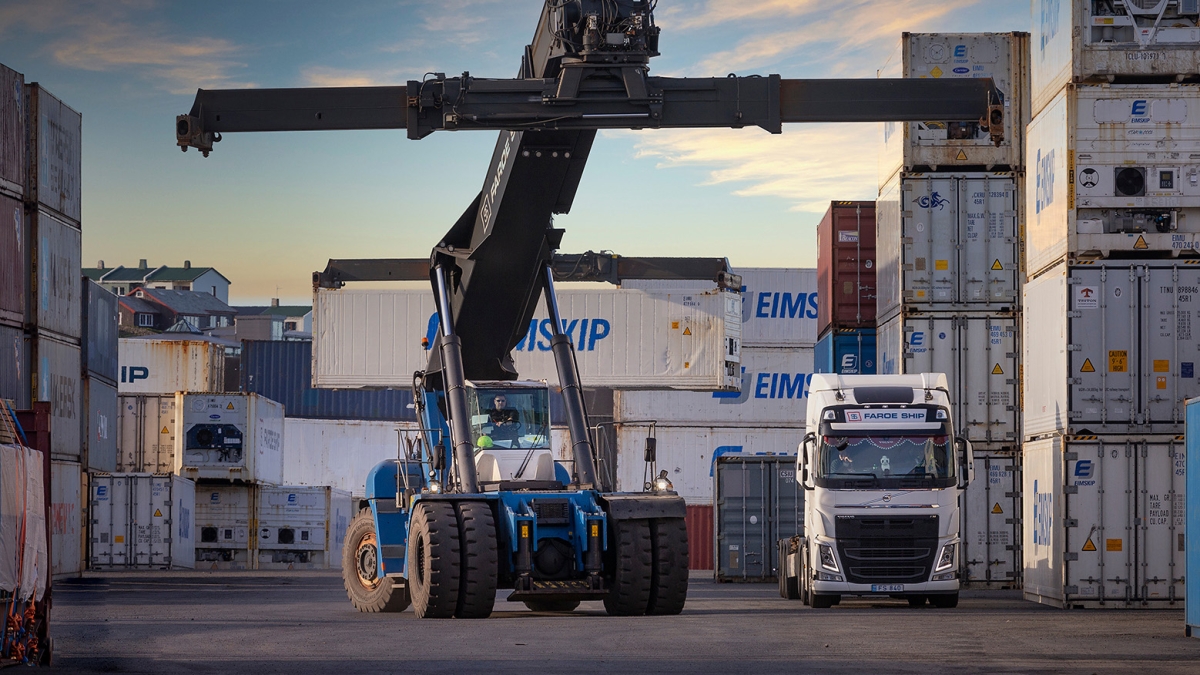Imports of goods
15. Nov 2024
Imports down DKK 833 million

The graphs below show import values and volumes in the October 2023 - September 2024 period compared with the previous 12-month period.
The drop in imports is driven by lower import values of fuels and ships. Imports of fuels and other oils fell by DKK 483.8 million, mainly due to lower prices.
Imports of machinery, engines, ships and vehicles fell by DKK 195.3 million (6.3%). This decline mainly applies to ships.
[px-graph-1]
Classifying imports by economic function, we see that goods for direct consumption went down by DKK 623.1 million (14%).
Imports for production use fell by DKK 138.6 million (2.8%). The biggest decline in this category was in construction (down DKK 106 million year-on-year). Imports of pharmaceuticals increased by DKK 24.5 million.
The decrease in regular gross expenses is primarily driven by fewer imported ships.
[px-graph-2]
The table below shows that considerably less is imported from the EU and the USA, while imports from non-EU Europe have increased. Imports from the EU have decreased by DKK 1.3 billion (19%), while imports from non-EU Europe have increased by DKK 654.5 million (35%).
[px-graph-3]
Imports from the EU have now returned to the same level as before 2022, at around DKK 400 million per month. In 2022 and 2023, imports from the EU ranged between DKK 500-600 million per month. Meanwhile, imports from elsewhere in Europe have been growing in recent years. Imports from non-EU Europe have gone from around DKK 100 million per month to DKK 150-200 million per month. Imports from Asia have remained at the same level for many years.
[px-graph-4]
Tables for imports and exports have been restructured. All tables now allow selection of imports/exports and value/volume.
The new SITC table (UH01026) is similar to the old tables (UH01020 and UH01021), with the following changes:
- Upgraded BEC classification from Rev. 4 to Rev. 5.
- Uses the FAO’s ISSCFC fishery commodities classification.
- Fish species are classified according to the MCS (Main Commercial Species) system by The European Market Observatory for fisheries and aquaculture products (EUMOFA), launched by the EU Commission.
- Includes fish processing information and supply chain data.
The ISSCFC includes a large number of commodities searchable by codes or text.
All data in the ISSCFC table will eventually be translated into Faroese.